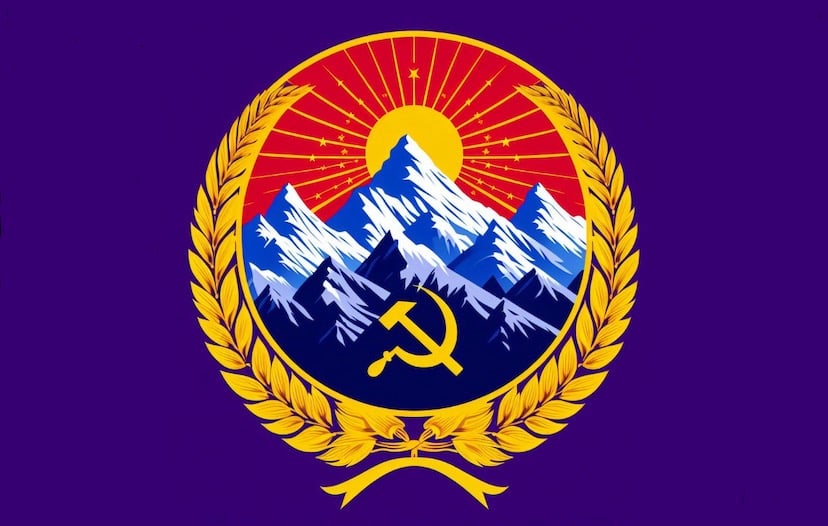Hey guys, my town got hit by a tornado and because of it our internet is out. Please understand.
The story of the nation of Theocan is a different and mysterious one. It begins in the ancient times, when a group of people migrated from the north to the south of Tibet, and settled in the valleys and mountains between Tibet and Nepal. They were called the Theonisians, which means "the people of God" in their own language. They believed that they were chosen by a supreme deity, who gave them a sacred mission: to protect the world from evil and chaos.
The Theonisians developed a unique culture and civilization, which blended elements of Tibetan Buddhism, Hinduism, and their own indigenous beliefs and practices. They were ruled by a line of kings, who claimed descent from the legendary hero Rama, the avatar of Vishnu. The kings were also regarded as incarnations of God, and they upheld the laws and morals of Theonisian society.
The Theonisians lived in isolation and peace for centuries, avoiding contact with other nations and peoples. They were self-sufficient and prosperous, thanks to their fertile lands and natural resources. They also had a strong military tradition, which trained their warriors in both ancient and modern weapons and tactics. They believed that they had to be ready for any threat or challenge that might come their way.
The first major challenge to the Theonisian kingdom came from the British Empire, which colonized India and Nepal in the 19th century. The British were interested in exploring and exploiting the Himalayan region, and they sent several expeditions to Tibet and Theocan. The Theonisians resisted fiercely, but they were eventually subdued by the British, who made Theonisian a protectorate under their rule. However, the British also respected the Theonisian culture and religion, and they allowed the Theonisian kings to retain some degree of autonomy.
The second major challenge to the Theonisian kingdom came from the People's Republic of China, which invaded Tibet in the 1950s. The Chinese Communist Party (CCP) imposed its ideology and policies on Tibet, and it suppressed any resistance or dissent from the Tibetan people. The CCP also launched a campaign of cultural !@#$, destroying thousands of monasteries, temples, and artifacts, and killing or imprisoning countless monks, nuns, and laypeople. The Theonisians were also affected by the Chinese occupation, as they faced discrimination, oppression, and violence from the CCP.
The third major challenge to the Theonisian kingdom came from within. A faction of Theonisian elites, who were dissatisfied with the king's leadership and his alliance with the Dalai Lama, decided to rebel against him. They formed a secret society called Theoconia, which means "God's Kingdom" in their own language. They believed that they were the true heirs of Rama, and that they had a divine mandate to overthrow the king and establish a new order in Theonisian. They also adopted a radical version of communism, which mixed Marxist-Leninist principles with Theonisian nationalism and mysticism.
Theoconia launched a coup d'etat in 2023, when they assassinated the king and his loyalists in his palace. They then declared themselves as the new rulers of Theonisian, and proclaimed the establishment of The Empire of Theoconia. They claimed that they had the support of millions of Theonisians inside and outside Theocan, and that they had a secret army of elite warriors who were trained in ancient martial arts and modern warfare. They also claimed that they had a secret weapon that
could destroy China and any other enemy: a nuclear fusion reactor that was hidden in the Theonisian mountains.
The Empire of Theoconia was met with shock and outrage by this.


















